Home>Home Appliances>Heating & Cooling>What Improves Air Circulation In Forced Air Heating
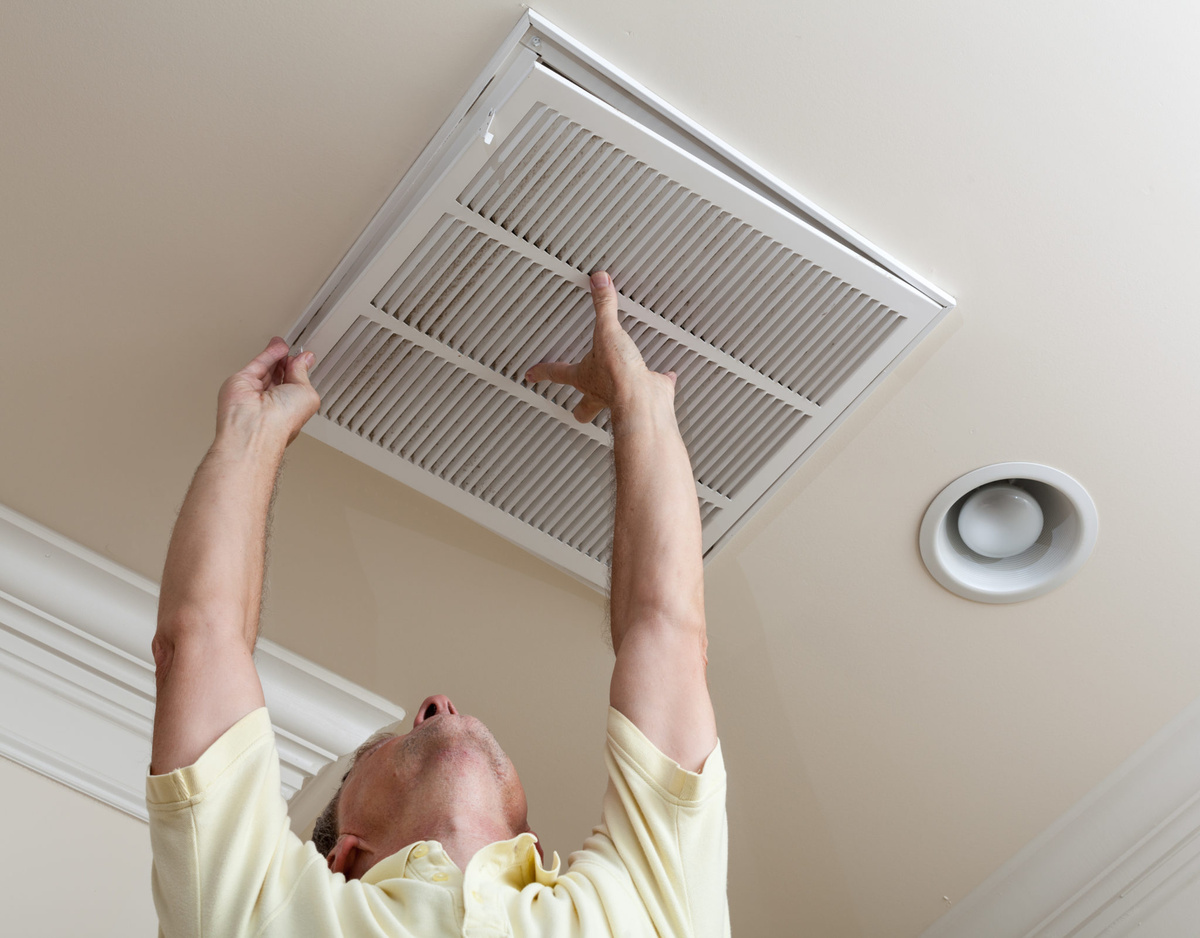

Heating & Cooling
What Improves Air Circulation In Forced Air Heating
Published: February 16, 2024
Learn how to improve air circulation in forced air heating systems for better heating and cooling efficiency. Find tips and solutions to optimize air flow and enhance indoor comfort.
(Many of the links in this article redirect to a specific reviewed product. Your purchase of these products through affiliate links helps to generate commission for Storables.com, at no extra cost. Learn more)
Importance of Air Circulation in Forced Air Heating
Air circulation plays a pivotal role in the efficiency and effectiveness of forced air heating systems. When it comes to maintaining a comfortable indoor environment, proper air circulation is crucial for distributing heated air evenly throughout the space. This ensures that every corner of the room receives the warmth it needs, preventing cold spots and promoting consistent comfort.
In forced air heating systems, air circulation also contributes to the removal of impurities and allergens from the indoor air. By continuously circulating the air, these systems help filter out dust, pet dander, and other airborne particles, thereby improving indoor air quality. This is especially beneficial for individuals with respiratory issues or allergies, as it helps create a healthier and more breathable environment.
Furthermore, efficient air circulation in forced air heating systems can contribute to energy savings. When the heated air is evenly distributed, the system doesn't have to work as hard to maintain the desired temperature, leading to reduced energy consumption and lower utility bills. This not only benefits homeowners but also aligns with sustainability efforts by minimizing energy wastage.
In addition to these practical benefits, proper air circulation can also enhance the overall comfort and coziness of a living space. By ensuring that warm air reaches all areas of the room, occupants can enjoy a more pleasant and inviting atmosphere, especially during the colder months. This creates a welcoming environment for relaxation, productivity, and social gatherings, enriching the overall living experience.
In summary, the importance of air circulation in forced air heating cannot be overstated. From promoting even heat distribution and improving indoor air quality to contributing to energy efficiency and enhancing overall comfort, proper air circulation is a fundamental aspect of a well-functioning heating system. By understanding and prioritizing the role of air circulation, homeowners can optimize the performance of their forced air heating systems and create a more enjoyable indoor environment.
Key Takeaways:
- Proper air circulation in forced air heating systems ensures even heat distribution, better indoor air quality, and energy savings. It creates a cozy and healthy living environment for everyone to enjoy.
- Factors like duct design, airflow obstructions, and vent placement significantly impact air circulation. Regular maintenance and professional HVAC service are essential for optimizing air circulation and maximizing heating system performance.
Read more: How To Improve A Forced Air Heating System ?
Factors Affecting Air Circulation in Forced Air Heating
Several factors can significantly impact the air circulation within a forced air heating system, influencing its overall performance and effectiveness. Understanding these factors is essential for homeowners and HVAC professionals seeking to optimize air circulation and maximize the benefits of their heating systems.
-
Duct Design and Layout: The design and layout of the ductwork play a crucial role in determining how effectively heated air is distributed throughout a building. Properly sized and strategically positioned ducts can ensure efficient airflow, while poorly designed or obstructed ductwork can impede air circulation, leading to uneven heating and reduced energy efficiency.
-
Airflow Obstructions: Any obstructions within the ductwork, such as debris, dust buildup, or physical blockages, can hinder the smooth flow of air. These obstructions not only disrupt air circulation but can also contribute to decreased indoor air quality and place additional strain on the heating system, potentially leading to performance issues over time.
-
Air Filter Maintenance: The condition of the air filters within the forced air heating system directly impacts air circulation. Clogged or dirty filters restrict airflow, diminishing the system's ability to distribute heated air effectively. Regular filter maintenance and replacement are essential to ensure unimpeded air circulation and optimal system performance.
-
Fan Speed and Operation: The speed and operation of the system's fan or blower significantly influence air circulation. Proper fan settings and consistent operation are necessary to maintain a steady flow of heated air throughout the space. Malfunctioning or improperly configured fans can disrupt air circulation, leading to temperature inconsistencies and reduced comfort.
-
Room Layout and Vent Placement: The layout of rooms and the placement of vents can impact air circulation. Rooms located far from the heating unit or with inadequate vent coverage may experience reduced airflow, resulting in uneven heating. Optimizing vent placement and considering the layout of the living space can help improve overall air circulation.
-
Sealing and Insulation: The integrity of the building's envelope, including the sealing of ducts and the insulation of walls and ceilings, influences air circulation. Leaks in ductwork and inadequate insulation can lead to heat loss, affecting the system's ability to maintain consistent air circulation and temperature levels.
By addressing these factors and implementing appropriate measures, homeowners and HVAC professionals can enhance air circulation within forced air heating systems, leading to improved comfort, energy efficiency, and overall system performance. Regular maintenance, proper system design, and attention to airflow dynamics are essential for optimizing air circulation and reaping the full benefits of forced air heating.
Make sure to regularly clean and replace the air filters in your forced air heating system. This will improve air circulation and keep the system running efficiently.
Methods to Improve Air Circulation in Forced Air Heating
Improving air circulation in forced air heating systems is essential for ensuring consistent comfort, energy efficiency, and indoor air quality. By implementing effective methods to enhance air circulation, homeowners and HVAC professionals can optimize the performance of these heating systems. Here are several proven strategies to improve air circulation in forced air heating:
-
Ductwork Inspection and Maintenance: Regular inspection and maintenance of the ductwork are crucial for optimizing air circulation. This involves checking for leaks, blockages, and damage that may impede airflow. Professional duct cleaning can also remove accumulated debris and dust, promoting unobstructed air circulation throughout the system.
-
Air Filter Replacement: Keeping the air filters clean and replacing them at recommended intervals is vital for maintaining optimal air circulation. Clogged or dirty filters restrict airflow, affecting the system's ability to distribute heated air efficiently. By adhering to a regular filter replacement schedule, homeowners can ensure unimpeded air circulation and prevent potential system issues.
-
Fan Speed Adjustment: Adjusting the fan speed to align with the heating demands of the space can significantly improve air circulation. During colder periods, increasing the fan speed can help distribute heated air more effectively, while lower fan speeds during milder conditions can maintain a comfortable airflow without unnecessary energy consumption.
-
Balancing Airflow: Balancing the airflow within the ductwork ensures that heated air is distributed evenly throughout the building. This process involves adjusting the dampers or vents to regulate airflow to different areas, preventing over- or under-heating in specific zones and promoting consistent comfort throughout the space.
-
Vent Placement Optimization: Assessing and optimizing the placement of vents within the living space can enhance air circulation. Ensuring that vents are unobstructed and strategically positioned to facilitate the smooth flow of heated air can contribute to improved overall circulation and more uniform heating.
-
Sealing and Insulation Upgrades: Addressing leaks in the ductwork and enhancing insulation within the building envelope can prevent heat loss and improve air circulation. By sealing duct leaks and bolstering insulation, homeowners can maintain a more consistent temperature throughout the space, supporting efficient air circulation and reducing energy waste.
-
Professional HVAC Service: Engaging the services of HVAC professionals for regular system maintenance and tune-ups is essential for optimizing air circulation. Professional technicians can identify and address issues that may hinder air circulation, ensuring that the heating system operates at peak performance and delivers consistent comfort.
By implementing these methods to improve air circulation in forced air heating systems, homeowners can enhance comfort, energy efficiency, and indoor air quality. Prioritizing regular maintenance, airflow optimization, and system upgrades can lead to a more effective and reliable heating system, creating a comfortable and inviting indoor environment for occupants.
Conclusion
In conclusion, the significance of air circulation in forced air heating systems cannot be overstated. It serves as a cornerstone for maintaining a comfortable indoor environment, promoting energy efficiency, and enhancing overall well-being. By understanding the factors that influence air circulation and implementing effective methods to improve it, homeowners and HVAC professionals can optimize the performance of forced air heating systems and elevate the living experience.
Proper air circulation ensures that heated air is distributed evenly throughout the space, preventing temperature inconsistencies and cold spots. This not only contributes to a more comfortable living environment but also supports energy savings by reducing the workload on the heating system. Additionally, efficient air circulation plays a vital role in enhancing indoor air quality by facilitating the removal of impurities and allergens, creating a healthier and more breathable atmosphere for occupants.
Addressing factors such as duct design, airflow obstructions, air filter maintenance, fan operation, room layout, and sealing and insulation is essential for promoting optimal air circulation within forced air heating systems. Regular maintenance, including ductwork inspection, air filter replacement, and professional HVAC service, is crucial for sustaining efficient air circulation and maximizing the longevity of the heating system.
By optimizing air circulation, homeowners can create a more inviting and comfortable living space, where consistent warmth and improved indoor air quality contribute to a higher quality of life. Furthermore, prioritizing air circulation aligns with sustainability efforts by reducing energy consumption and minimizing environmental impact.
In essence, the pursuit of enhanced air circulation in forced air heating systems reflects a commitment to creating a harmonious and energy-efficient indoor environment. By recognizing the importance of air circulation and taking proactive measures to improve it, homeowners can enjoy the benefits of a well-functioning heating system, characterized by consistent comfort, cost savings, and a healthier living space.
Frequently Asked Questions about What Improves Air Circulation In Forced Air Heating
Was this page helpful?
At Storables.com, we guarantee accurate and reliable information. Our content, validated by Expert Board Contributors, is crafted following stringent Editorial Policies. We're committed to providing you with well-researched, expert-backed insights for all your informational needs.
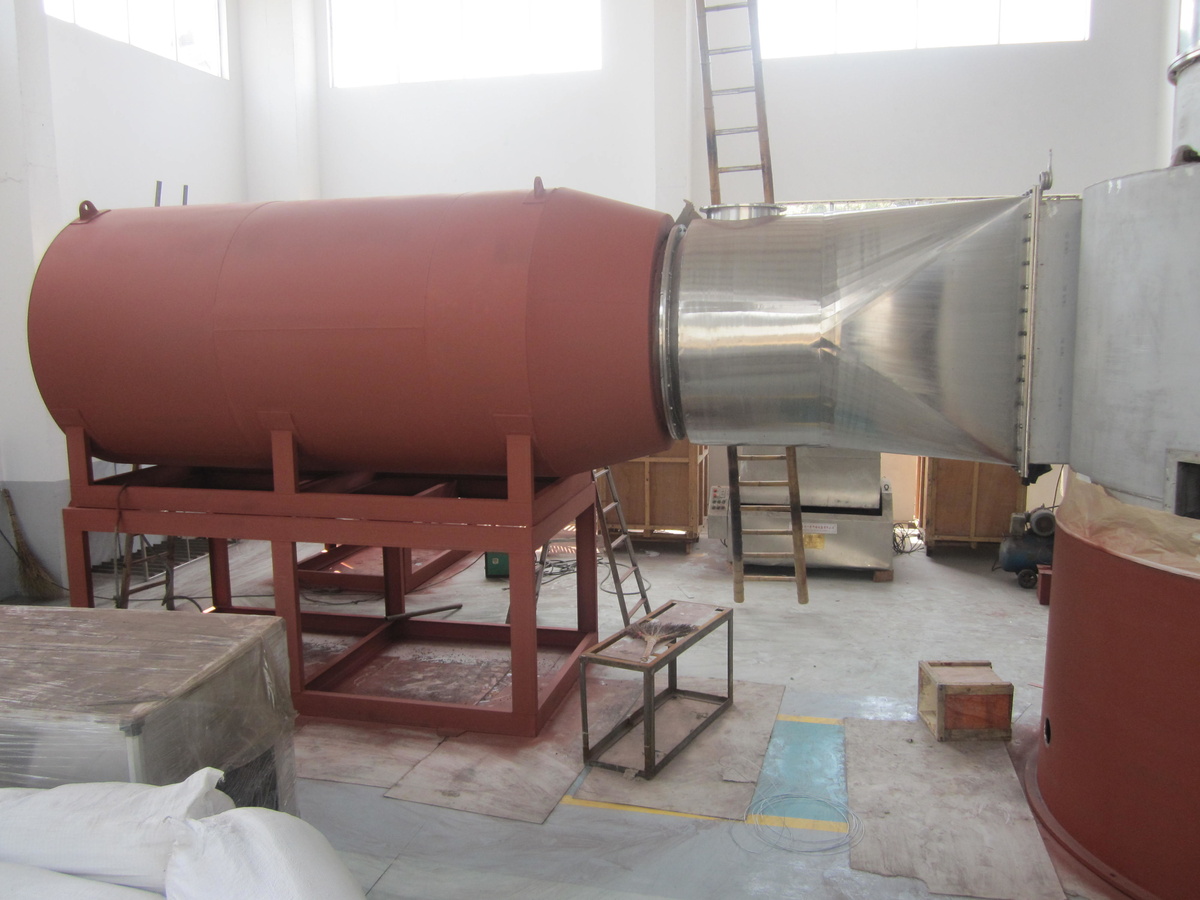
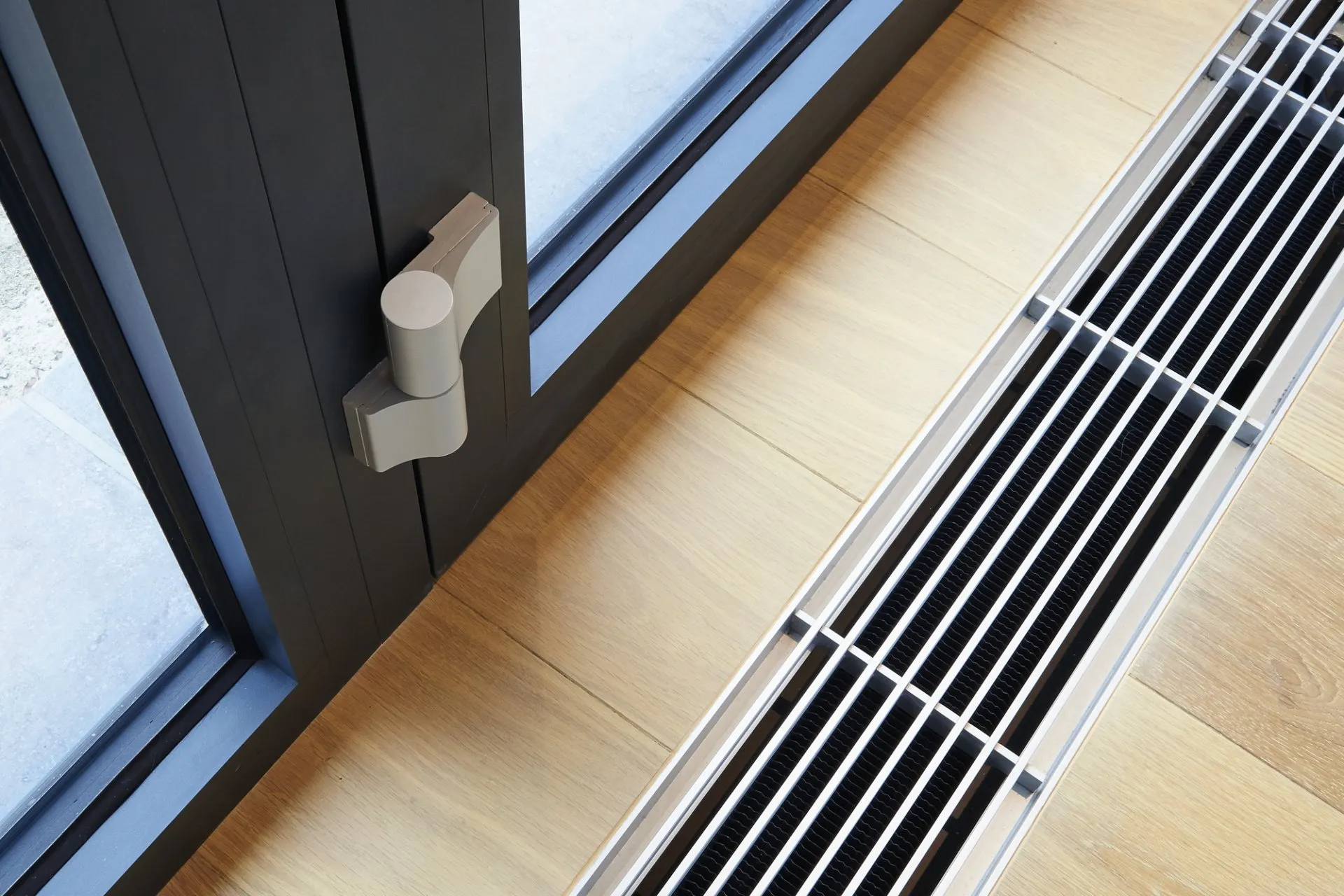
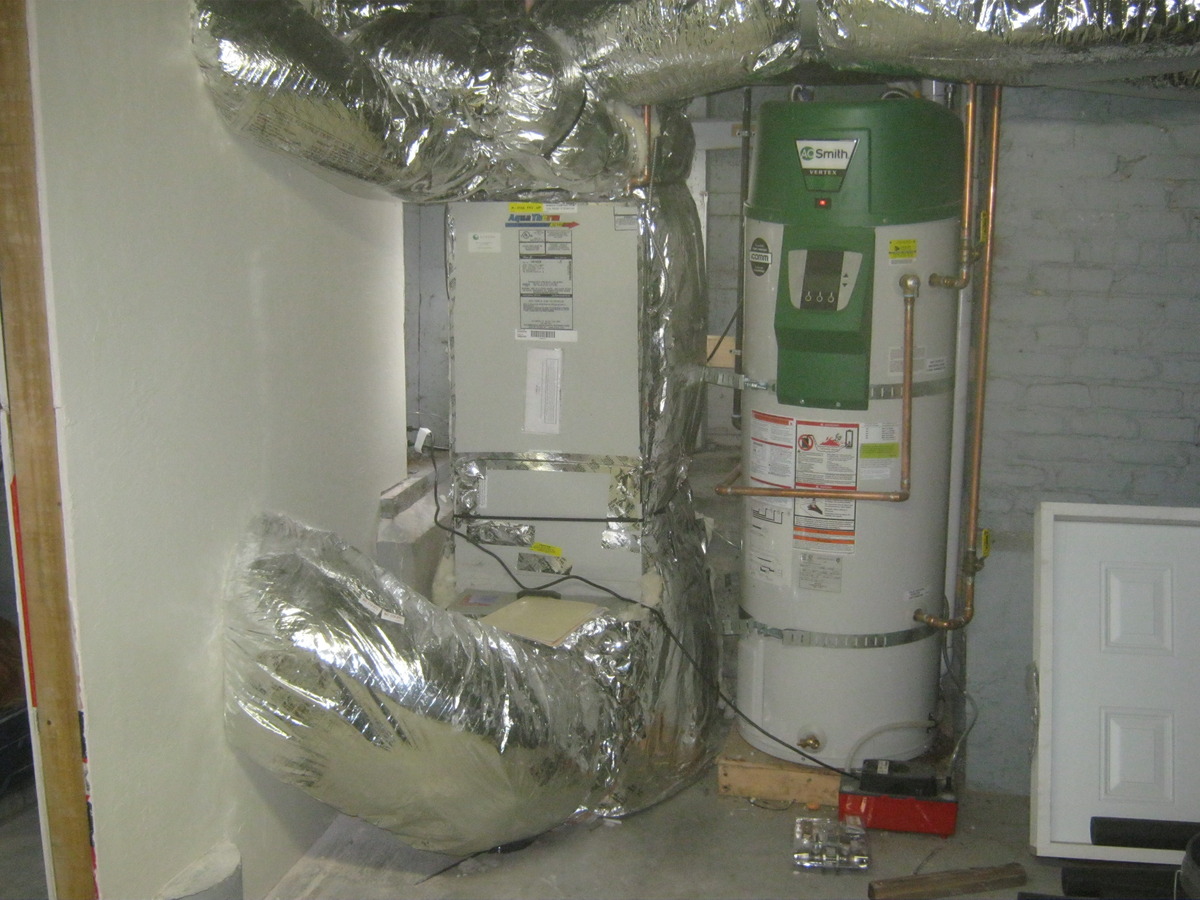
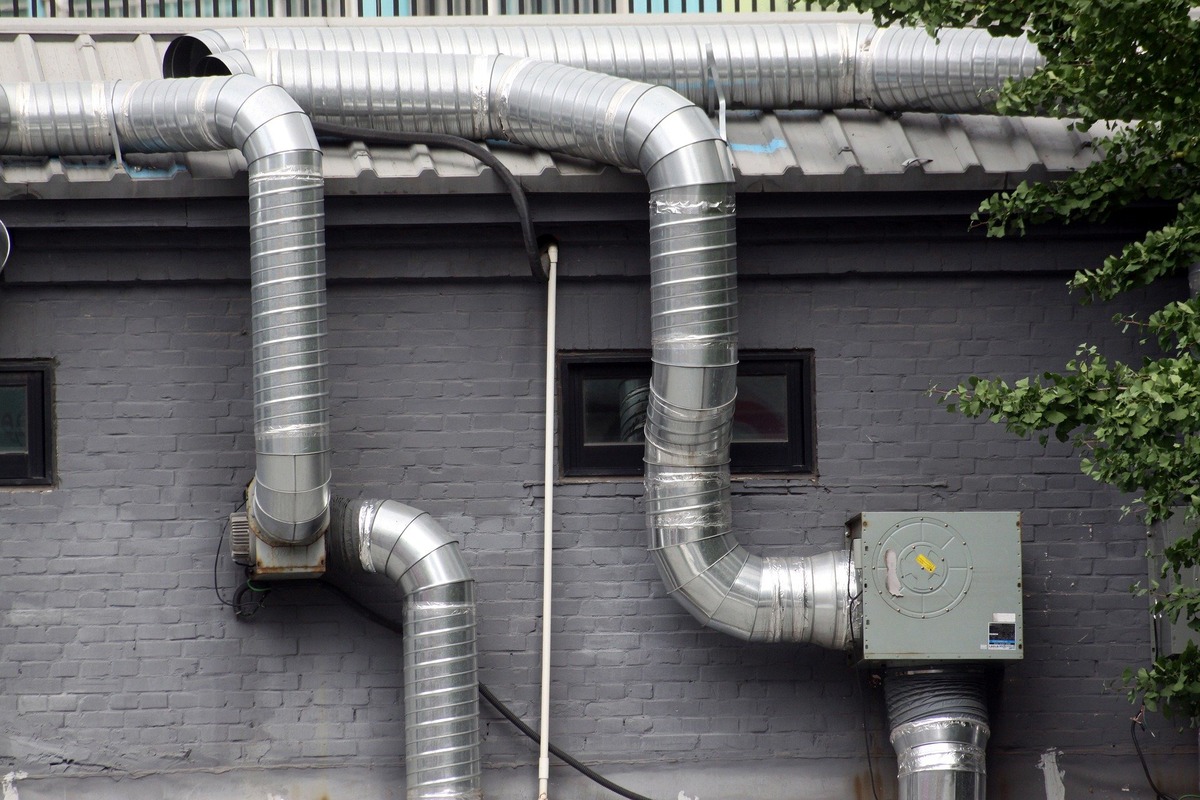
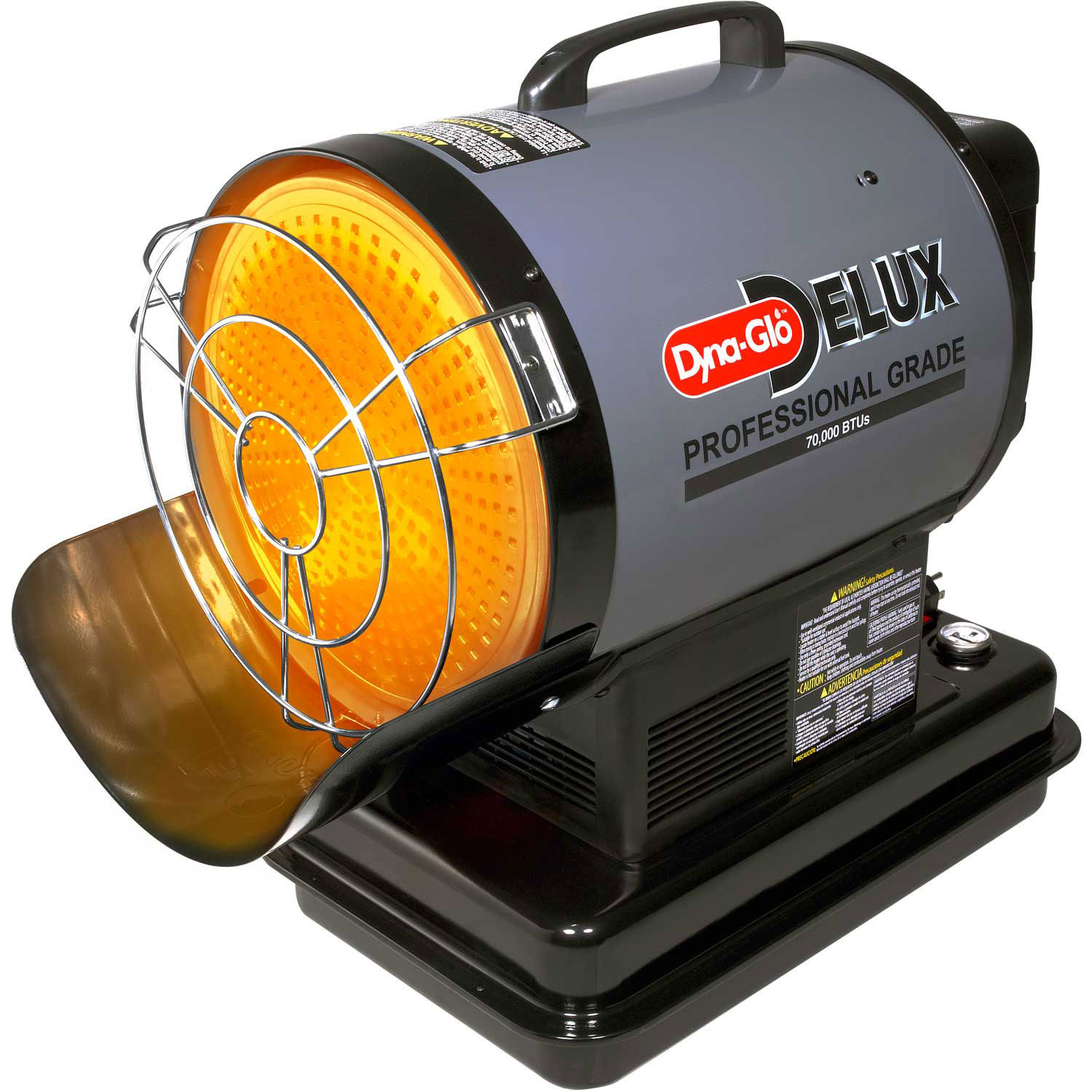
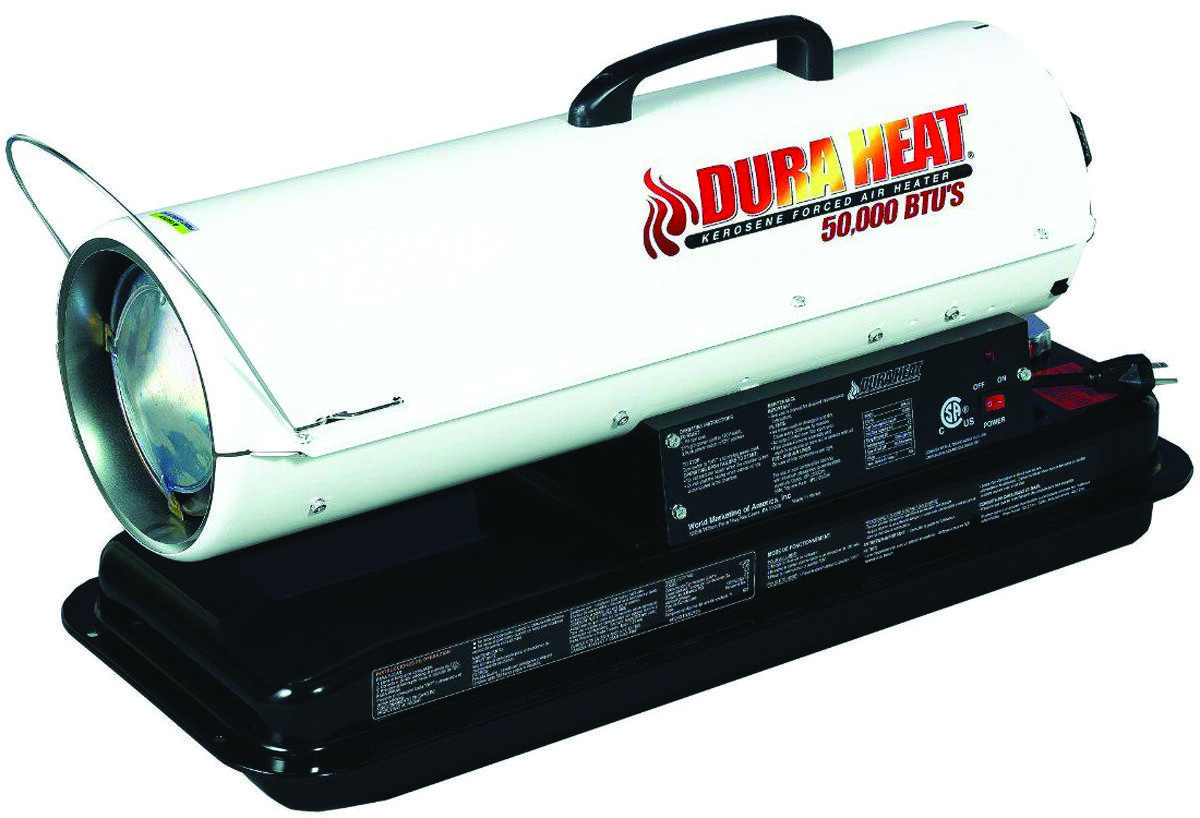
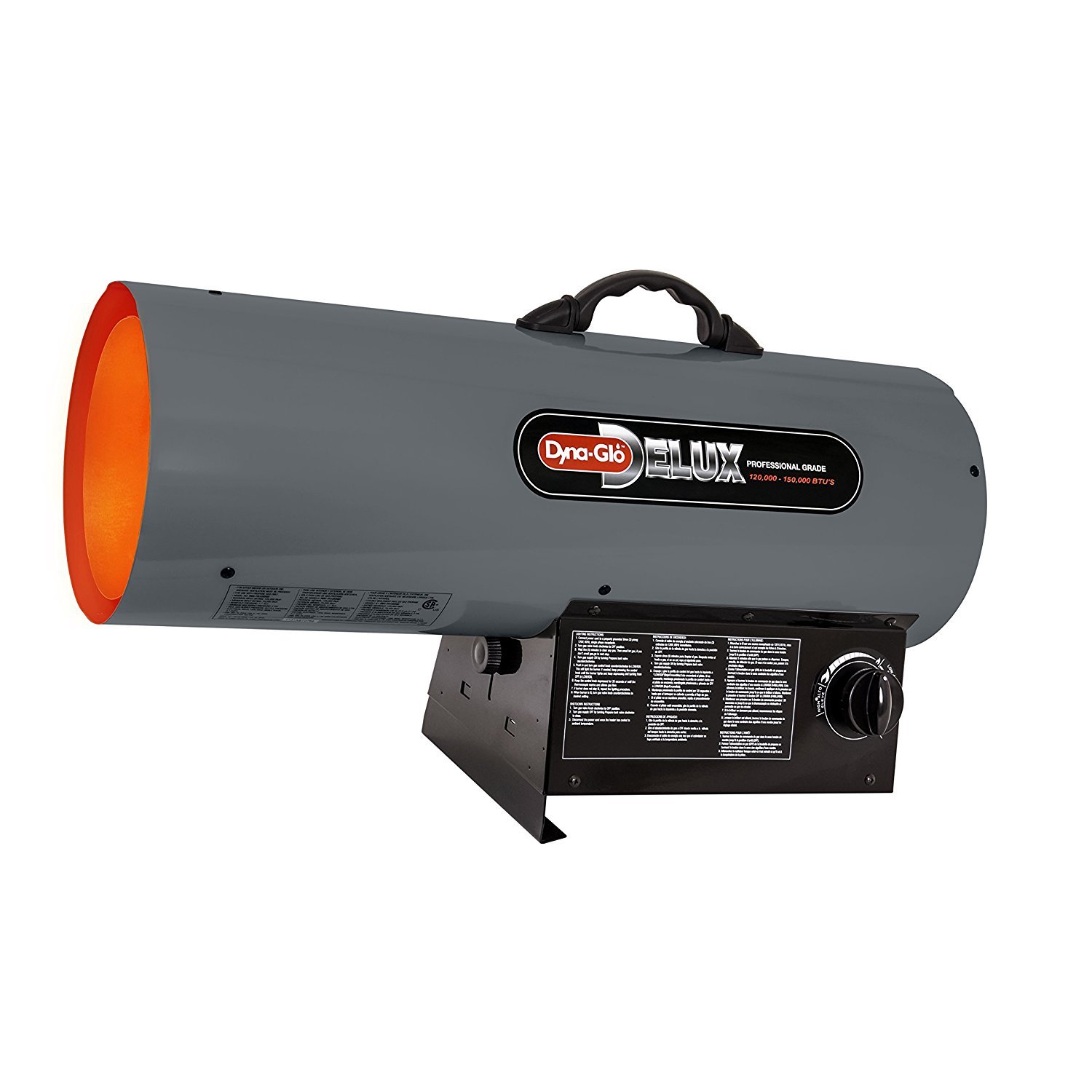
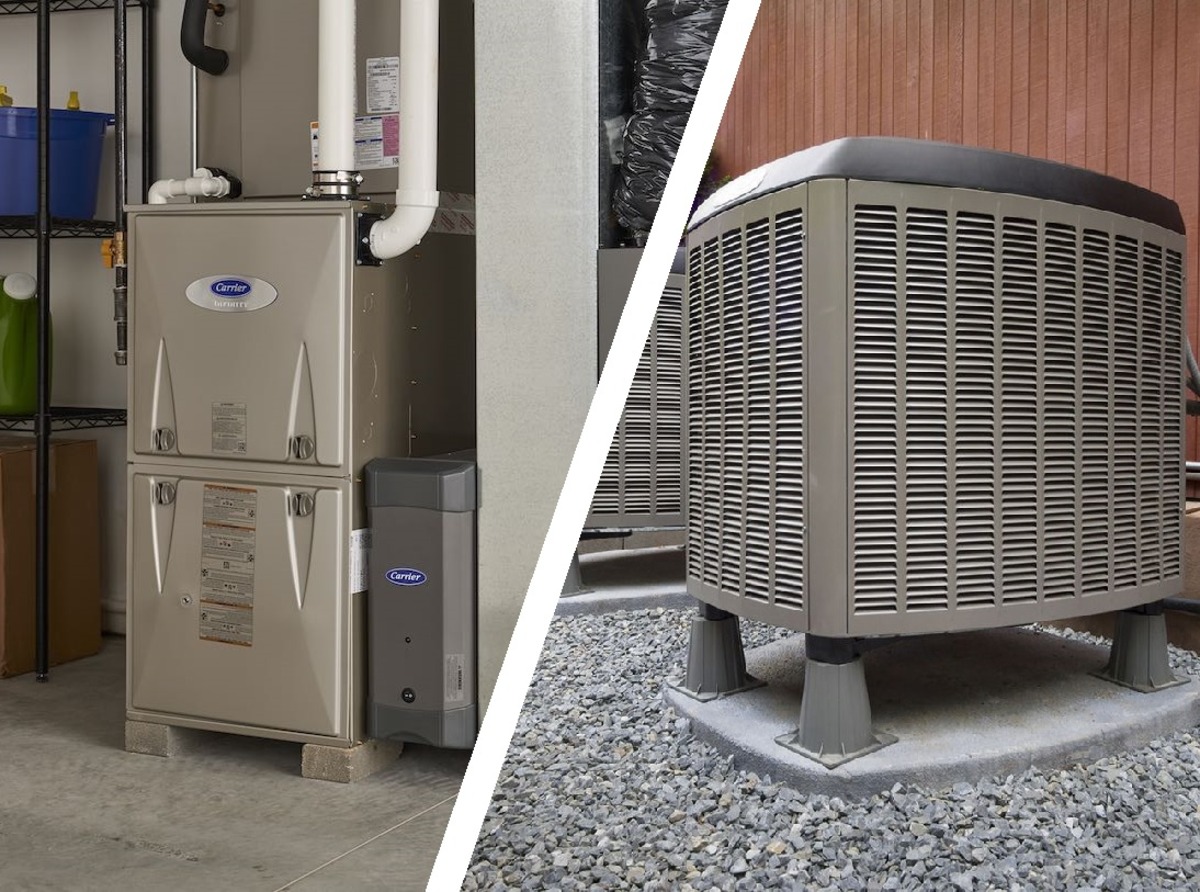
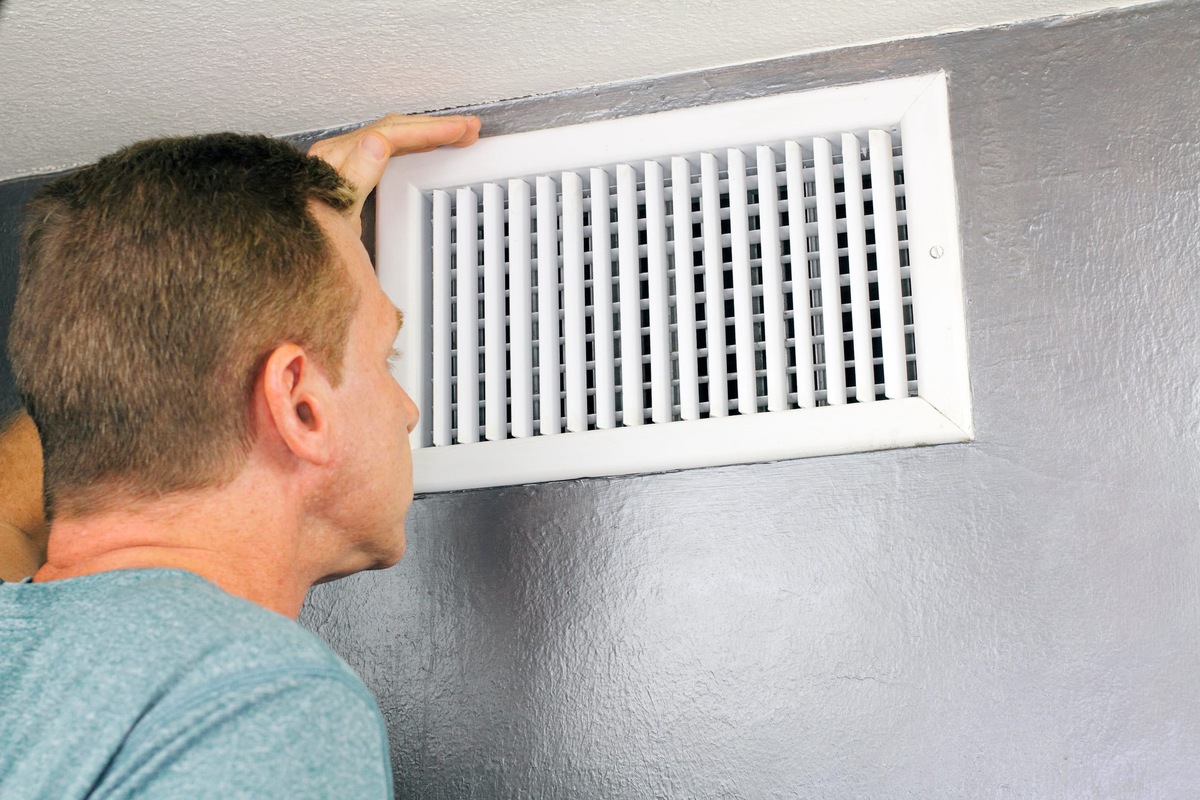
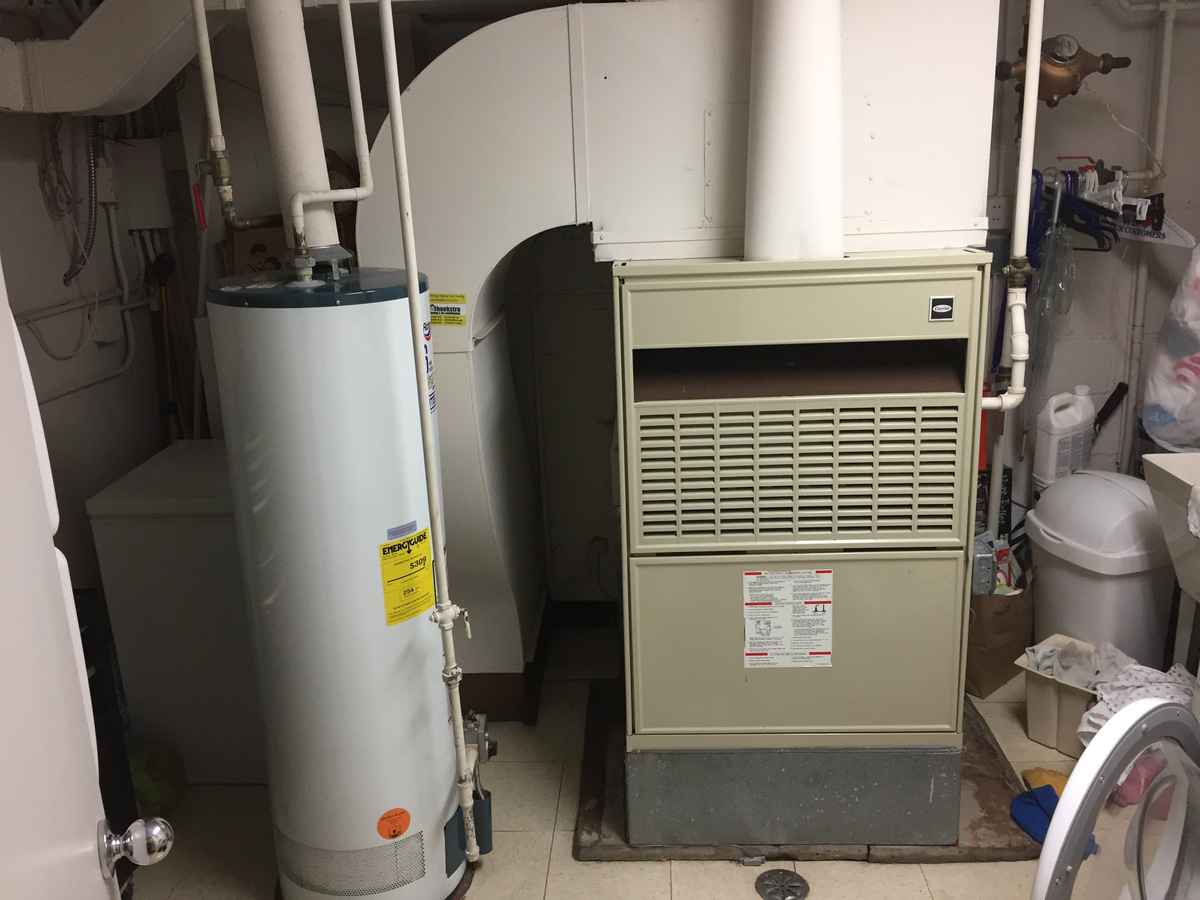
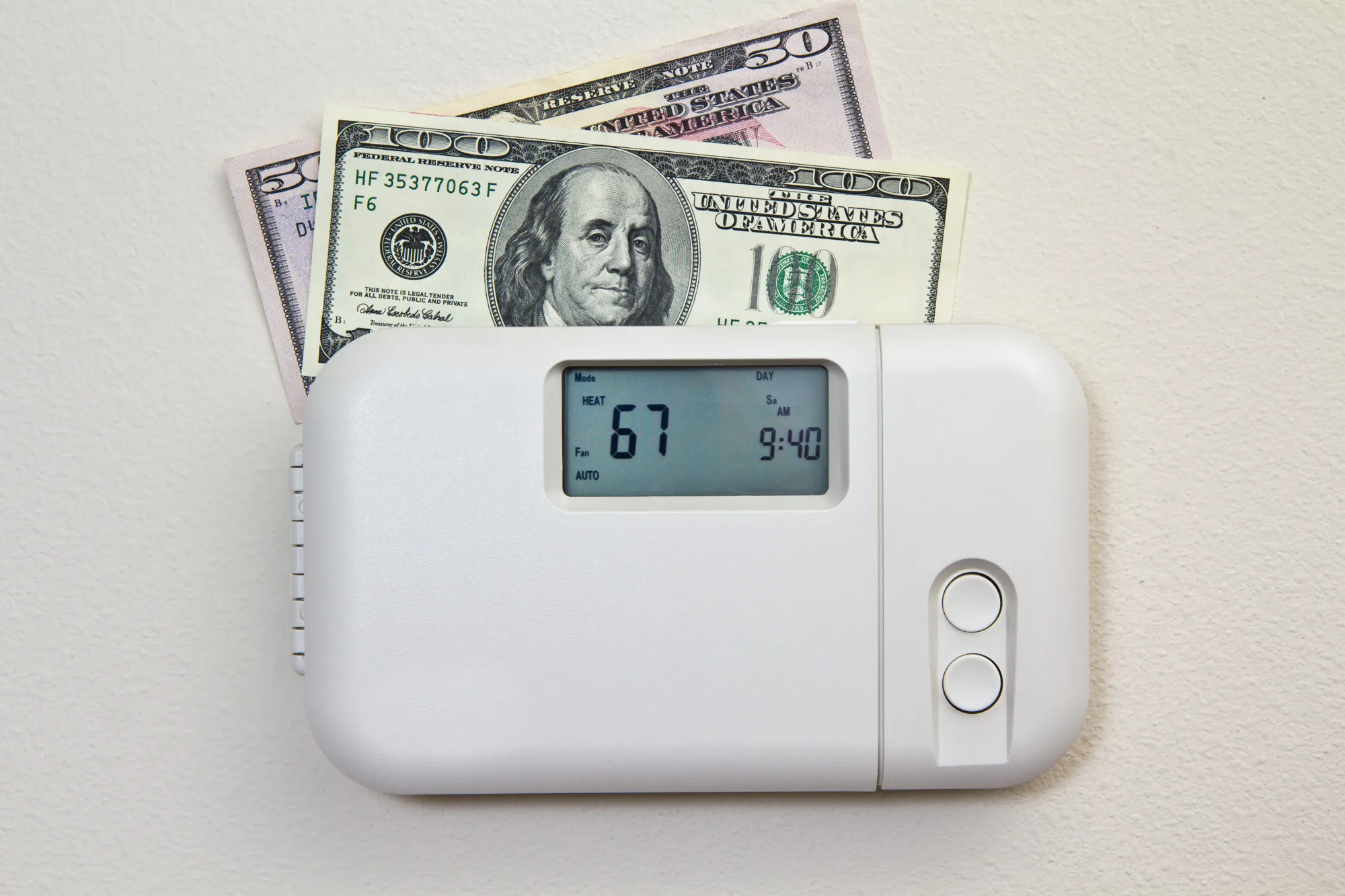
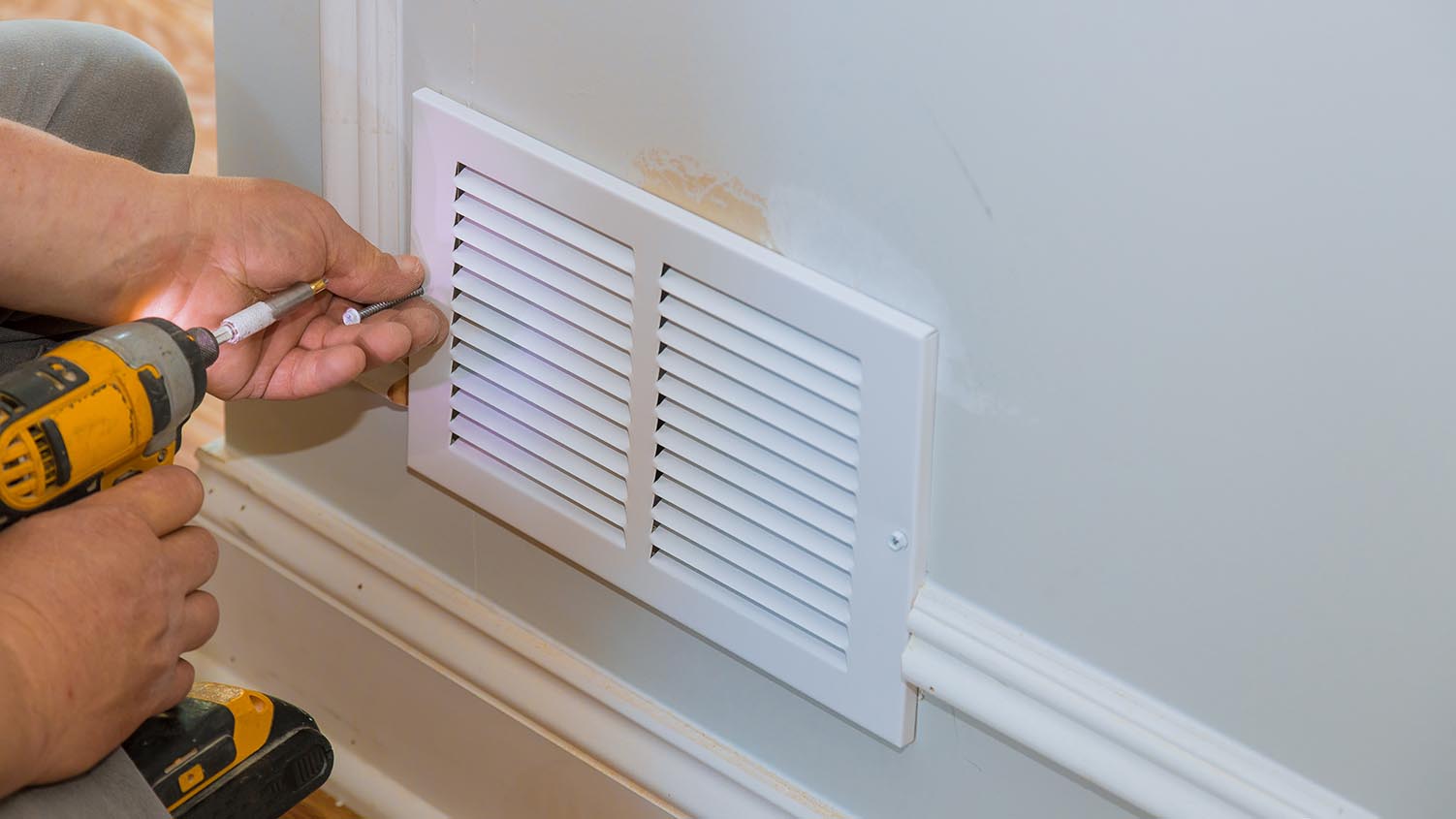

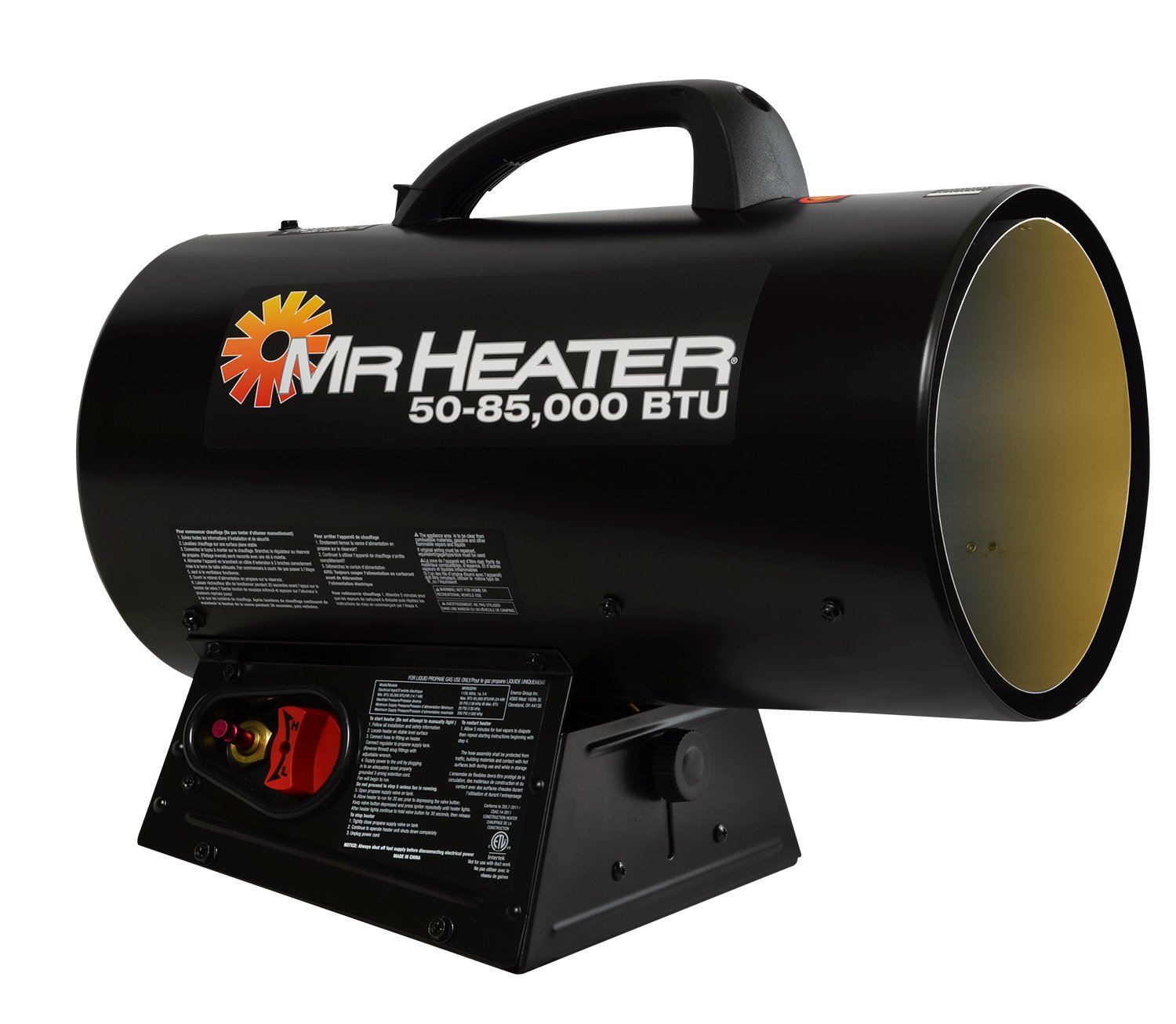
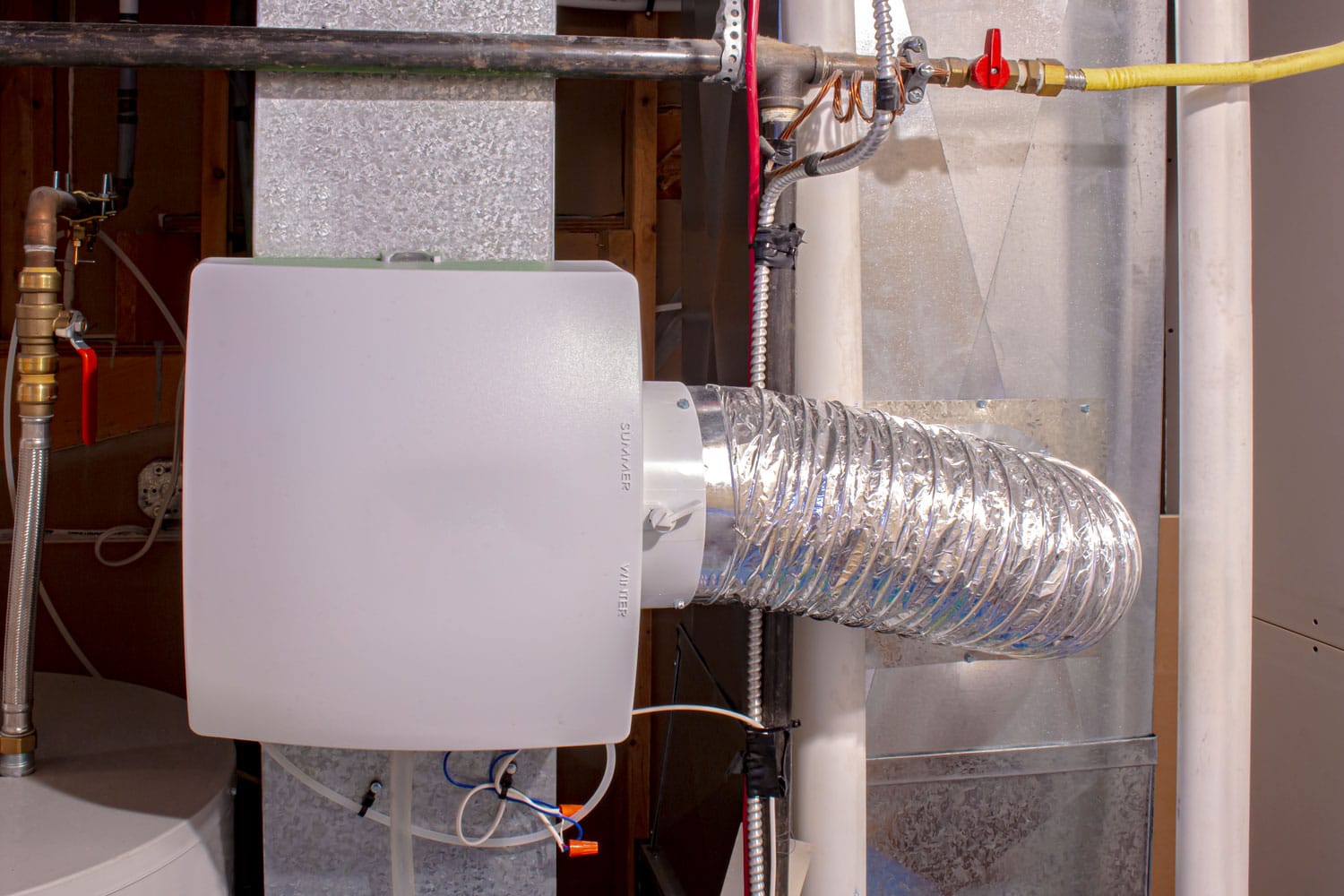

0 thoughts on “What Improves Air Circulation In Forced Air Heating”